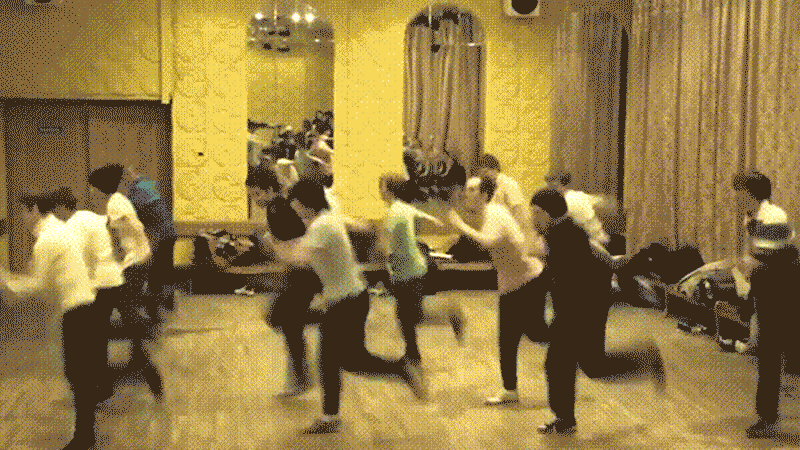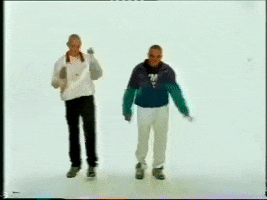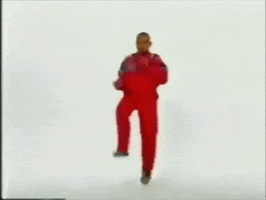
In the 1990s, Gabber – meaning ‘buddy’ in Yiddish – developed into an important subculture in the Low Countries. Based on hardcore techno, the subculture sported minimal hairdo’s and training suits (preferably of the Australian brand, Aussie, in short) for both men and women. A remarkable dance was part of the package, hakken. This translates as chopping, a descriptive term for the rather angular style of dancing. The subculture was associated with xtc-use, and sometimes, due to their appearance that included shaven heads for men, gabbers were misunderstood for neonazi’s. By the end of the millennium, Gabber fell out of fashion.


Not much later though, the style returned in a modified version. It evolved, so to speak, into Jumpstyle. A bit les rigid than Gabber, it quickly gained popularity in Western Europe, especially with the 8-18 age group.
Jumpen (jumping) is a dance that combines the kicking and chopping motions of hakken with more tribal, freestyle moves. Opposed to hakken, jumpen is very effective in groups, as a collective choreography.
Gabber was overwhelmingly a white cultural expression. Jumpstyle found a bit of a more inclusive audience. Jumpstyle reached its high point around the mid-2000s.
The Aldi Isles, the Parking Lot, and the Headless Legs
Jumpstyle arose during the early days of YouTube, and many YouTube channels got filled with tutorials on how to jump, or registrations of choreographies.
Interestingly, the subculture uses two distinct elements in their videos:
The locations are extremely low profile: the parking lot in a suburb, an isle in the Aldi budget supermarket, a platform at a village bus station, and so on.
Many videos show headless people, focusing instead on the body and especially the leg movement.
Below, a typical example of a Jumpstyle compilation: low resolution video registrations, uploaded in incorrect aspect ratios (which often was the case in those early YouTube days) of casually dressed dancing people in various constellations and deliberately unimpressive decors.

Deconstruction of a typical Jumpstyle choreography video registration.
- Camera angle is slightly tilted, or otherwise shows an impromptu composition.
- The dancer(s) are filmed moving into place, sometimes coming from behind the camera.
- Fade to black.
- In some cases, a cinematic intro is added, describing the name of the dance group and/or the city it’s based in.
- Start of musical intro, which is usually without beat, but with an anticipatory electronic melody. Dancer(s) are either standing still, waiting, or moving a bit on the expected beat.
- Fade to black.
- When the beat kicks in, the dance takes off immediately and in full effect – in the original style, the actual choreography is preceded by two stamps on the ground.
- The fragments are short: it’s an exhausting dancing exercise.
- Sometimes slow motion effects are used in unexpected places.
And I like it, I like it, I like it, I like it
I li-li-like it, li-li-li
Here we go, rockin’ all over the world
Enjoy a quintessential jumpstyle song by German raveband Scooter below, expressing the location factor of the style:

The song’s hook is a cover of the 1977 Status Quo’s as always pretty straightforward blues rock song ‘Rocking all over the world‘.
More
A nice registration of an energetic group choreography (Russia, see the .gif at the top).

Another one, taped in 2017:

Busby Berkely and other rituals

Above: the Thunderbird dance by the North West American Indian tribe Kwakiutl.

And here an example of Busby Berkely’s megalomanic human kaleidoscope choreographies.


